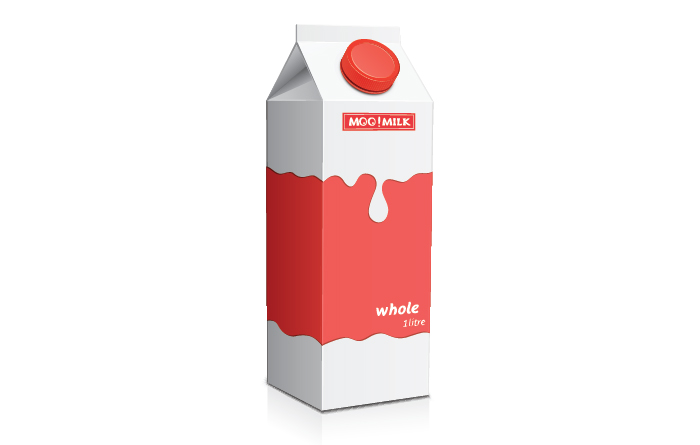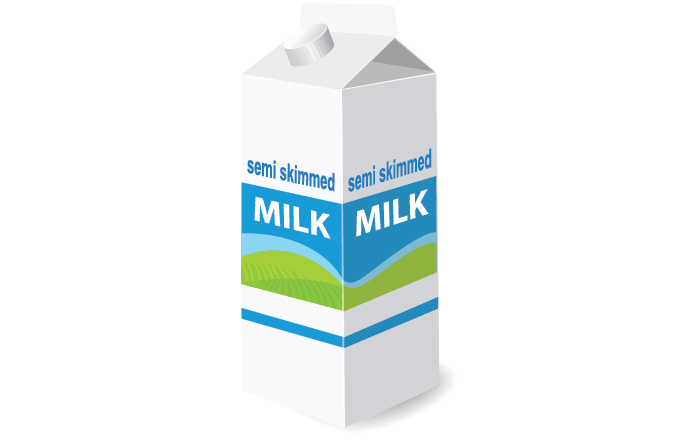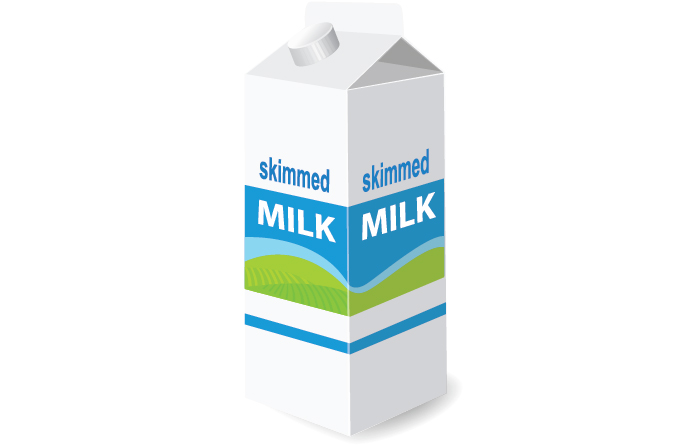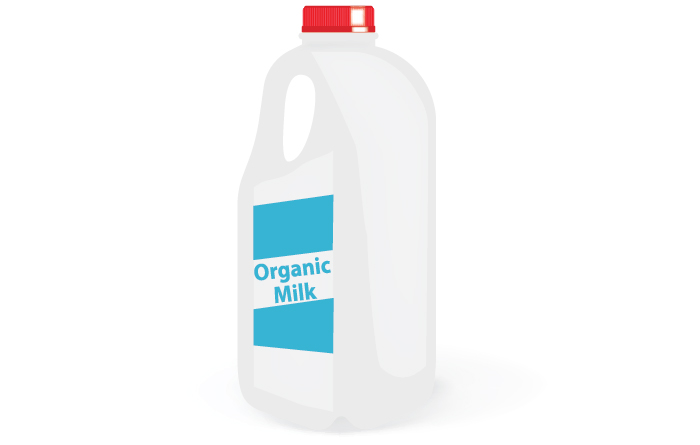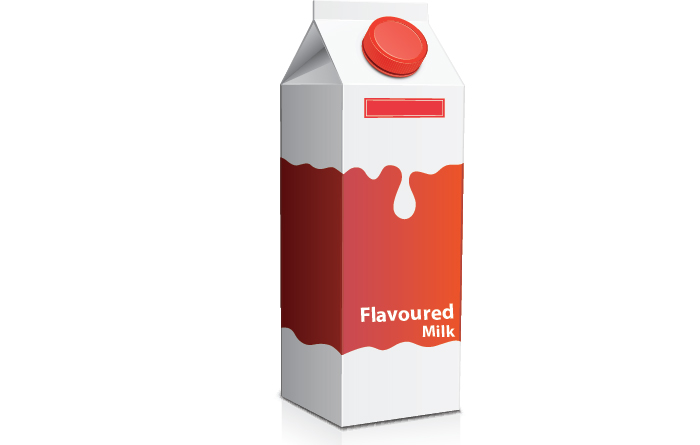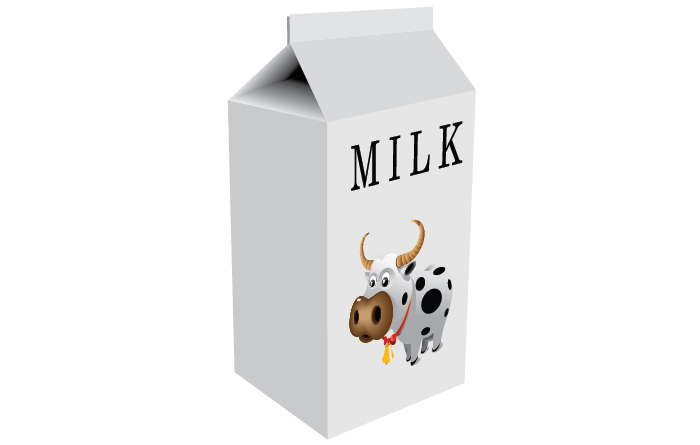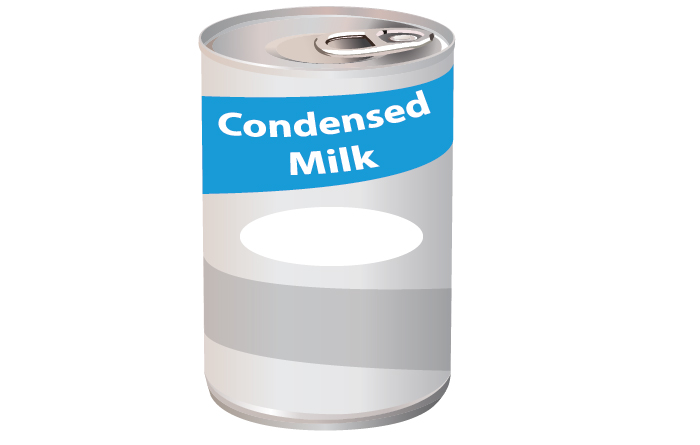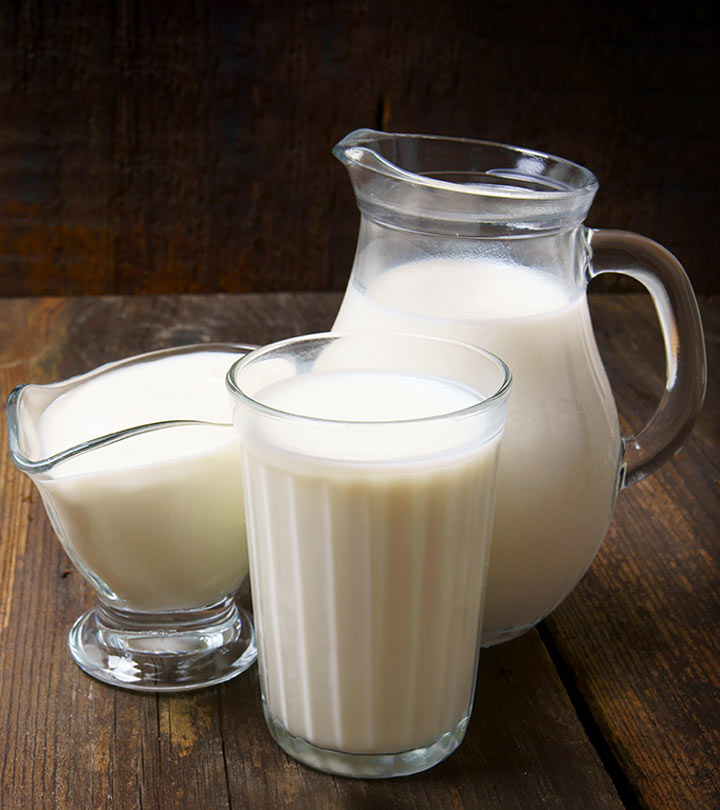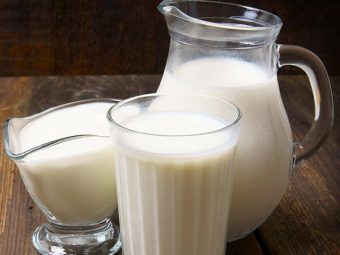9 Different Types Of Milk + How To Choose
Good old-fashioned whole milk is not the only kind you need to know about!

Image: iStock
Yes, different types of milk can cater to your unique requirements. Though the primary ones are reduced-fat milk, whole milk, and low-fat milk, non-fat, there are many other types apart from these. So based on your preferences, you can easily choose from a wide range of milk types. To this end, we will give you an introduction to all of these types through this article.
But let us give you a gist of the differences in all milk types first. So, whole milk consists of 3.5% milk fat, and reduced-fat milk has 2% of milk fat in it. Again, low fat has quite a small amount of fat — 1%, to be precise. Also, even fat-free milk has about 0.2% of fat in it. Regardless, they are all enriched with minerals; it is just the content of fat that varies (1).
 Trivia
TriviaIn This Article
How Can You Choose Your Milk?
With so many available choices, it might get difficult for you to choose the right one for you. Stated below are some questions that you can ask yourself while choosing the right type of milk. Take a look below:
- Think of the milk texture you are looking for. If you want your milk to be creamy, yet not rich, the low fat one can be a good choice for you.
- Again, if you are looking for milk low in calories and light in taste, you may like the fat free ones.
- If you have problems digesting lactose, you can look for lactose-free milk, like the milk of the almond, rice, soy, oat, and coconut, which is safe and can be taken raw.
So, you have the luxury to choose from different options that suit your taste and lifestyle. On the other hand, if you want energy and fat-dense milk you can try milk of goat, sheep, buffalo, and camel.
Different Types Of Milk
As discussed before, the type of milk varies depending on the way they are produced and the fat content in them. Here we shall take a closer look at the different types of milk:
1. Whole Milk
This is a natural variant where nothing is added or removed. It has a minimum fat content of 3.5% (1). Whole homogenized milk undergoes a process called homogenization that breaks up the fat globules in milk. This helps in even distribution of fat and prevents formation of a creamy layer on top.
2. Semi Skimmed Milk
This milk has a fat content of 1.7% compared to the minimum fat content in whole milk.
3. Skimmed Milk
Fat content in skimmed milk varies from 0.5% to 0.1%. Thus, almost all fats are removed from this milk to skim it. Calcium content in this milk is slightly higher and contains lower levels of soluble vitamins. With the removal of fat, the calorie content also reduces. This milk is not suitable for children below 5 years of age (2). However, if you are trying to limit your calorie intake, it may be a good solution for you. Skimmed milk appears watery because of the removal of fat from it.
4. Organic Milk
This milk is derived from the cows that are gazed in greens containing no pesticidesi XA chemical substance used to eliminate, repel, or regulate specific plant or animal life forms that are considered as pests. , herbicides, or fertilizers used in agricultural sectors to manage ecosystems. ” ], pesticides and chemical fertilizersi XA chemical-based substance containing nutrients for optimum crop yield that is directly applied to the soils or plants. . After milking the cow, the milk is processed following the same procedure. However, you must be aware of the fact that there is no evidence on the high nutritional content in organic milk compared to the milk produced conventionally. Some studies conducted suggest the high content of omega-3 fatty acids in milk are produced organically (1).
5. Flavored Milk
There is a huge market for flavored milk these days. You can choose from a wide range of consistency and flavors to suit your taste and lifestyle. Some of the popular flavors that you can try are banana, strawberry and chocolate. The sugar content in the flavored milk is high. However, this can be safely given to children and teens, who are fussy about drinking unflavored regular milk. According to recent studies, chocolate-flavored milk helps in quick recovery after intense exercise sessions (3). Make sure to check with your nutritionist to see which kind of milk will be good for your kid.
6. Powder Milk
Milk powders are produced by evaporating water with heat. Before drying it is pre-concentrated, heat-treated and homogenized. Different procedures are used to make milk into powder. Spray drying is the most common process. Here the concentrated milk is taken in a chamber and hot air is circulated. Drops of water lose the water and fall as powder on the floor.
Roller drying is another procedure in which the milk is spread on concentrated rollers. Powders are left behind as the water evaporates fast (4).
7. Raw Untreated Milk
Milk sold in supermarkets needs to be boiled to kill the harmful bacteria. It is better to buy raw milk from the registered milk production holdings.
 Quick Tip
Quick Tip8. Condensed Milk
This is the concentrated form of milk created by evaporating water and by adding sugar (4). The product is not sterilized, but preserved with high sugar concentrations. The milk is heated for around 2 minutes at a temperature of 110 to 115 degrees. Thereafter, it is homogenized and the milk is evaporated at 60 degrees. The milk is then cooled and packed at 30 degrees. This variety of milk is used commonly in confectionaries and is in great demand.
9. Evaporated Milk
This is a sterilized and concentrated form of milk that is produced by evaporating the milk (4). The milk is heated and evaporated at 65 degrees. It is then homogenized and thereafter cooled. This milk is then poured into cans and sealed. It is then moved to a sterilizer and kept for 10 minutes. Thereafter follows the cooling stage, when it is packed and labeled. This milk has a special characteristic colour and flavour of its own. It can be stored for about a year, though it can be stored longer.
Homogenization
This refers to the process of passing milk at high pressure through small holes. The fat globules break down and spread throughout the milk evenly. This gives a uniform composition to the milk and makes it more palatable without adding or removing any constituents. The milk appears bright white as a result of the scattered fat globules. Most of the milk available in the market these days is homogenized (5).
You will get different types of milk on the market that cater to various requirements and preferences. These categories are based on fat percentage, calories, and lactose presence. The options include whole milk, semi-skimmed milk, skimmed milk, organic milk, flavored milk, powder milk, untreated raw milk, condensed milk, and evaporated milk. You can choose any milk depending on your requirement. For example, low-fat milk can be a good fit if you want creamy milk but with lesser fat content. Choose the one that perfectly suits your diet for reaping the benefits of milk.
Infographic: 5 Common Milk Variants You Need To Know
Today, there are different types of milk that cater to the needs of different people. Some prefer whole milk, while some may prefer low-fat milk or fat-free milk. If you are confused and don’t know which milk is the one for you, we have got you covered. Check out the infographic below for the different types of milk and what makes each of them different.

Illustration: StyleCraze Design Team
Save the high-quality PDF version on your device now.
Download Infographic
Frequently Asked Questions
What milk is the healthiest?
Low-fat milk is considered the healthiest.
What is the most popular milk?
Cow’s milk is the most commonly consumed and available milk. Soy milk is the most popular vegan alternative.
What’s the sweetest type of milk?
Condensed milk is the sweetest type of milk as it is highly concentrated and preserved using a lot of sugar.
Which milk is better for weight loss?
Skimmed milk is the best option for weight loss as it barely contains any fat or calories.
Which milk has the most protein?
Cow milk has the most protein content.
Does milk make you fat?
No. Milk does not make you fat if consumed in the right portion size. Instead, it has protein which is good for building muscle.
Key Takeaways
- There are 9 different types of milk: whole, skimmed, semi-skimmed, organic, flavored, powder, raw untreated, condensed, and evaporated.
- These milks have different variable calorie and nutrition counts.
- It is essential to check the ingredient list and other nutrient info before selecting any milk type.
- Most of the milk that is available in the market is homogenized milk.
Which type of milk is best suited for your consumption? Watch this video that explores the pros and cons of seven different types of milk and helps you decide on the most suitable one for you.
Sources
Articles on StyleCraze are backed by verified information from peer-reviewed and academic research papers, reputed organizations, research institutions, and medical associations to ensure accuracy and relevance. Read our editorial policy to learn more.
- (PDF) Milk and Different Types of Milk Products
https://www.researchgate.net/publication/278316173_Milk_and_Different_Types_of_Milk_Products - A critical review of the role of milk and other dairy products in the development of obesity in children and adolescents
https://www.ncbi.nlm.nih.gov/labs/pmc/articles/PMC6536827/ - (PDF) Chocolate Milk as a Post-Exercise Recovery Aid
https://www.researchgate.net/publication/7103747_Chocolate_Milk_as_a_Post-Exercise_Recovery_Aid - (PDF) The Dairy Industry: Process Monitoring Standards and Quality
https://www.researchgate.net/publication/329246362_The_Dairy_Industry_Process_Monitoring_Standards_and_Quality - (PDF) Homogenisation in the dairy process – conventional processes and novel techniques
https://www.researchgate.net/publication/271411986_Homogenisation_in_the_dairy_process_-_conventional_processes_and_novel_techniques - Raw Milk Questions and Answers
https://www.cdc.gov/foodsafety/rawmilk/raw-milk-questions-and-answers.html



